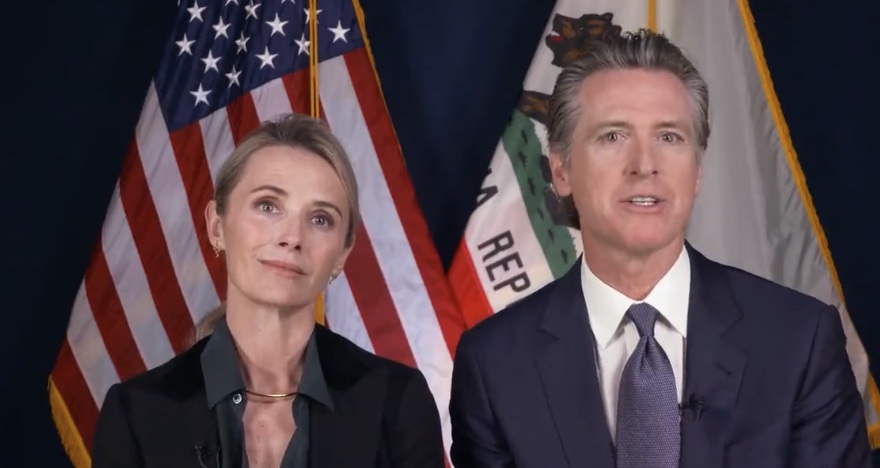California college savings program flops in first year
With a budget of almost $2 billion, California’s new college savings program is getting few takers.
The California Kids Investment and Development Savings Program, or CalKIDS, is a state-funded…

With a budget of almost $2 billion, California’s new college savings program is getting few takers.
The California Kids Investment and Development Savings Program, or CalKIDS, is a state-funded program that offers seed money to students to save for future college expenses. However, only 6% of eligible families have actually signed up.
Gov. Gavin Newsom announced CalKID’s launch in August 2022 with a budget of $1.9 billion.
“California is telling our students that we believe they’re college material,” Newsom said in the press release. “We’re transforming lives, generating college-going mindsets, and creating generational wealth for millions of Californians.”
But now, over a year later, $1.8 billion of the funds are still available, according to California Public Radio.
During a visit to a Sacramento school, state treasurer Fiona Ma implored families to register.
“We’re here at this school because there are 649 students that are eligible for $500 to $1,500 in their account, and only 24 have registered,” she said.
CalKIDS offers up to $1,500 for low-income K-12 students. Larger accounts are given to foster and homeless youth. Smaller accounts of up to $175 are available to any Californian born after July 2022.
The accounts are administered by ScholarShare, which averages roughly 1-2% interest on its portfolios.
Even over 18 years, a $100 investment will only become $143 at a 2% interest rate. And $1,500 becomes $2,200 at the same rate.
Despite being marketed as the “nation’s largest college savings program,” it seems the investments aren’t sizable enough to attract their intended low-income recipients.
Another reason CalKIDS may be underperforming is its emphasis on foster and homeless youth. The program offers $500 to low-income youth, with additional $500 deposits available to foster and/or homeless youth.
There are roughly 180,000 homeless students in California, and 60,000 foster kids.
And while these demographics could benefit from college savings, they’re also the ones with the least parental support.
Studies show that homeless students graduate high school and attend college at lower rates than their peers. Young adults were also three times more likely to earn a college degree by age 24 if they came from a two-parent family versus a single-parent family.



